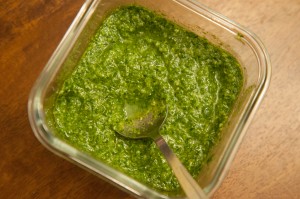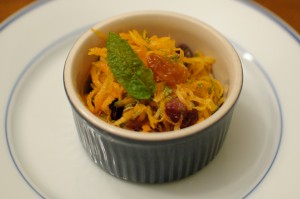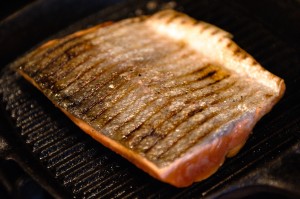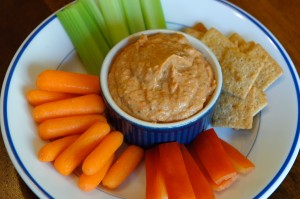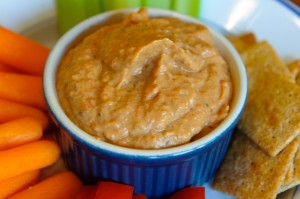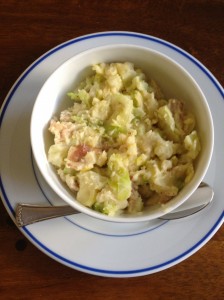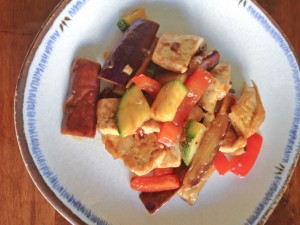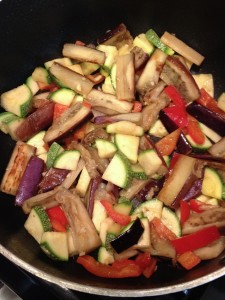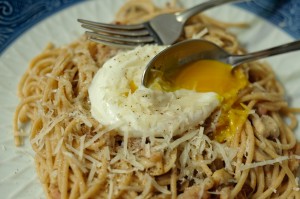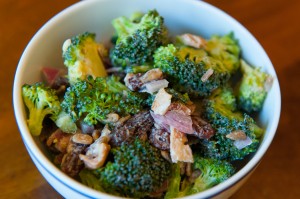
Bacon! Did that get your attention? (My husband’s ears always perk up when he hears that word.) This salad is a family favorite. I love vegetables of every kind, but it’s nice to take a break from lettuce-based salads. You probably have everything you need for this salad at home already. If not, pick up some broccoli and let’s get to it!
Broccoli Bacon Salad
Ingredients:
- one pound small broccoli florets, about 7 cups
- 1/4 cup minced red onion
- 1/4 cup sunflower seeds
- 1/4 cup raisins
- 4 strips bacon
- 3/4 cup mayonnaise
- 1 teaspoon lemon juice or apple cider vinegar
- 1 teaspoon sugar, honey, or other sweetener of choice
- salt and pepper
Directions:
- In a large bowl, gently toss together the broccoli, onion, sunflower seeds, and raisins.
- Cook the bacon until done – I like it crunchy rather than chewy. Drain and dice. Add to the bowl and combine.
- Mix together the mayonnaise, lemon juice, sugar, and salt and pepper. Pour over the broccoli mix and toss to combine. Taste for seasoning – I usually add a little more lemon juice over the top. Chill for an hour before serving.That’s it! This salad is nice the next day, too, since the broccoli softens up a bit.
Explore, experiment, enjoy! — Dana
To view even more of Dana’s unique recipes, you can visit her at Frugal Girlmet!

